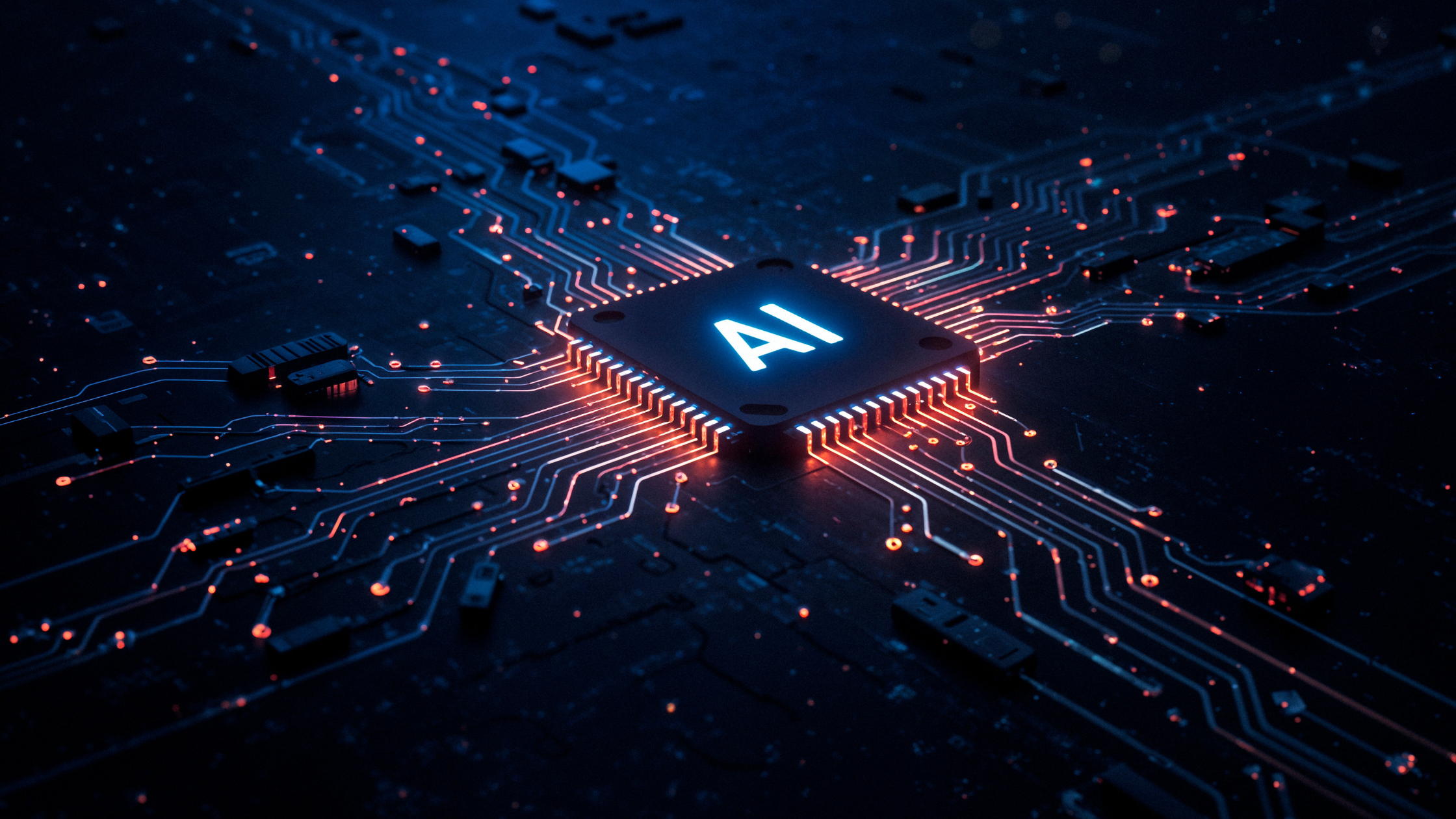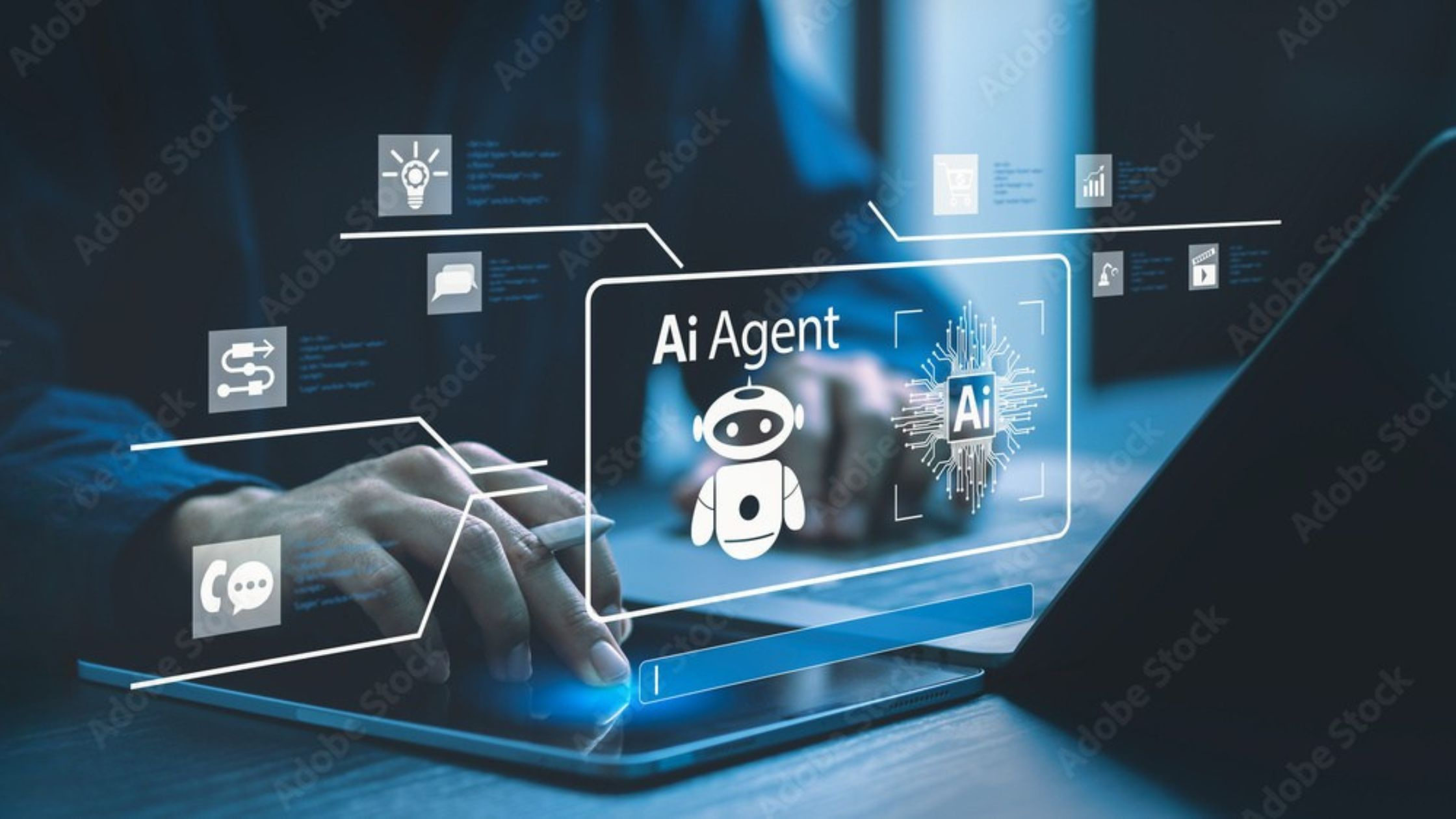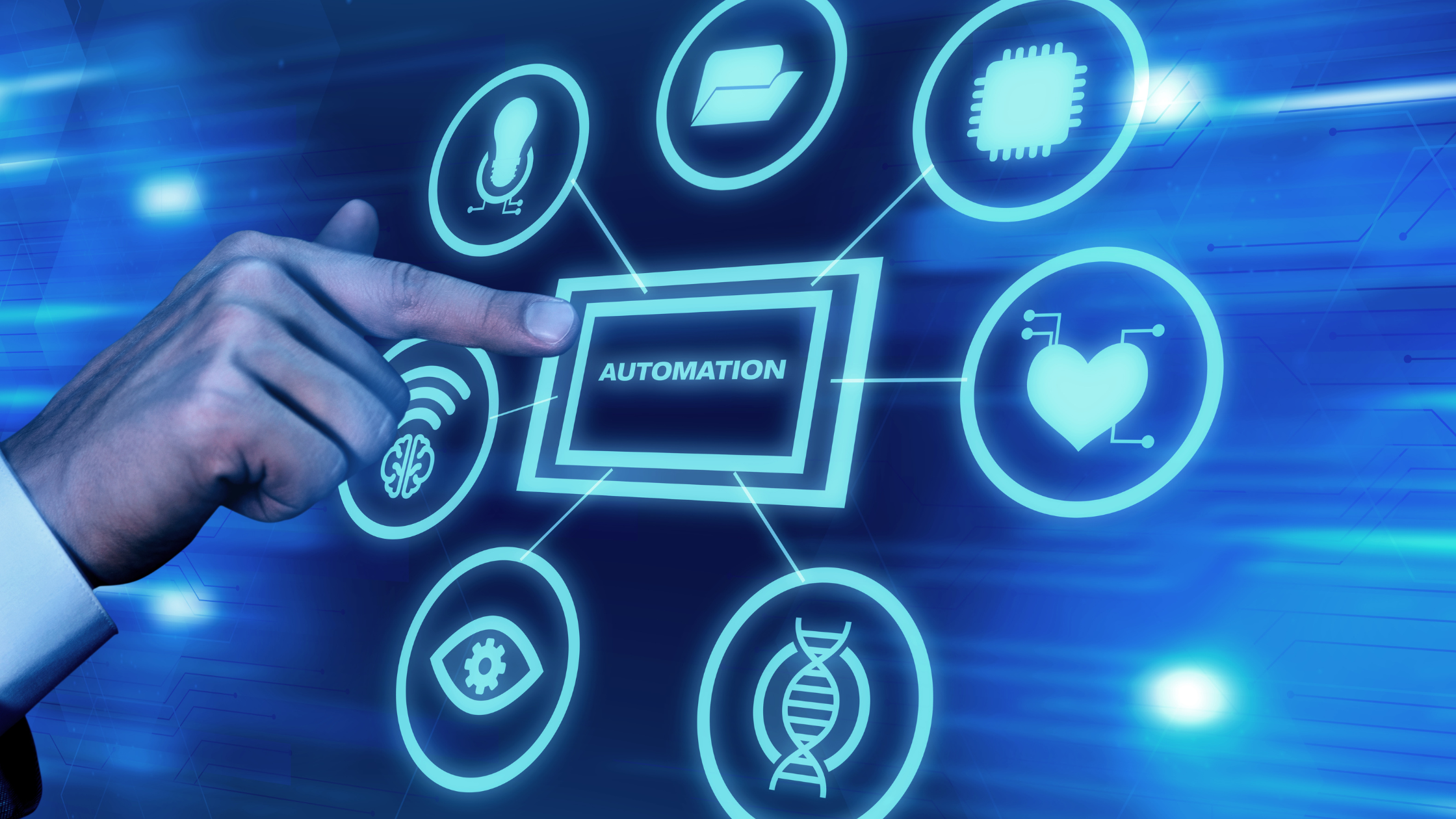Introduction
Generative AI is at a crossroads. It’s been more than two years since ChatGPT’s introduction, and the early excitement about AI’s promise has been tempered by a recognition of its limitations and expenses.
The 2025 AI ecosystem reflects this complexity. While interest remains high, particularly in developing fields such as agentic AI and multimodal models, it is also expected to be a year of growing pains.
Companies are increasingly seeking demonstrated outcomes from generative AI rather than early-stage prototypes. That’s no small effort for a technology that’s frequently pricey, error-prone, and prone to abuse. Regulators will also need to strike a balance between innovation and safety while keeping up with a rapidly changing technological landscape.
AI trends for 2025
Here are the top AI trends to watch for in 2025.
1.Generative AI moves beyond chatbots
Most laypeople associate generative AI with tools such as ChatGPT and Claude, which are driven by LLMs. Early corporate experiments have also focused on embedding LLMs into goods and services using chat interfaces. However, as the technology advances, AI developers, end users, and corporate clients are increasingly looking beyond chatbots.
This change is consistent with a larger trend: developing software on top of LLMs rather than implementing chatbots as separate solutions. Moving from chatbot interfaces to back-end apps that employ LLMs to summarize or analyze unstructured data might help alleviate some of the scaling challenges associated with generative AI.
Let’s look at the most significant examples:

-GENAI in visual arts
One notable example is Stable Diffusion, which made substantial advances in text-to-image synthesis. Unlike standard diffusion models that function in image space, this tool works in a compressed latent space, enabling faster creation of high-resolution pictures. Another notable tool is Muse, developed by the tech behemoth Google. It serves as a collaborative tool for artists, enhancing their creative productivity.
-GENAI in the music industry
Tools such as Nvidia’s Fugatto and Fluxmusic allow you to produce creative music in a variety of genres and styles with a prompt. Fugatto uses a “style transfer” technique to include and integrate elements from many musical forms. It may therefore develop distinct new compositions that represent the complexities of original genres. This capability allows composers to experiment.
2.AI literacy becomes essential
Since the widespread use of generative AI, AI literacy is in high demand among executives, developers, and regular employees. That requires understanding how to utilize these technologies, evaluating their outputs, and, perhaps most crucially, navigating their constraints.
It’s easy to lose sight of the fact that generative AI is still in its early stages. Many people have either never used it or do not use it regularly. According to a recent study, as of August 2024, less than half of Americans aged 18 to 64 utilize generative AI, with little more than a quarter doing so at work.
3.Agentic AI
Agentic AI is a system with AI at its heart that can reason, make decisions, and act on them using system-specific tools. AI bots are very independent, requiring little control and input from humans.

Agents, like generative AI, may be used in a wide range of commercial applications. However, unlike Gen AI, their principal job is to execute multi step tasks on their own. They are ideal for process automation and workflow improvement, particularly for tasks that are time-consuming and manual.
AI Agent use cases include:
–Smart chatbots and voice assistants that can do more than just answer basic questions. For example, check the availability of an item at a specific place.
–Predictive Analytics and Anomaly Detection: When AI Agents notice anomalous tendencies in their immediately accessible data, they can launch a deeper investigation into additional data sources.
Machine Learning trends in 2025
Here are the top ML trends to watch for in 2025.
1.Shifting from LLMS to SLMS
The growth of domain-specific language models has led to a critical realization: when it comes to model size, greater isn’t necessarily better. Although large language models (LLMs) have driven GenAI, they nevertheless present substantial limitations. Training and deploying models with hundreds of billions of parameters necessitates massive financial investment and server infrastructure. This is something only a few tech titans can afford.
Smaller language models (SLMs) offer a viable alternative. They provide outstanding results while using far fewer resources. For example, Qwen is a lightweight SLM that can function well on devices with little computational power. This makes it easier to integrate machine learning into common technologies, such as smartphone applications and IoT devices.
2.Automated ML for speed and cost-cutting

AutoML automates essential steps in the data science pipeline. It makes procedures like data preparation, feature engineering, model selection, hyperparameter tweaking, and so on more efficient. Users may train models directly on raw data and then deploy them with a few clicks. This makes powerful machine learning possible, even for folks without extensive technical understanding.
Why does this trend matter? Given the scarcity of ML professionals on the market, businesses spend a lot of money to put their ideas into action. This is because machine learning pipelines were manually created and implemented by specialists. Whether on purpose or not, they erected a significant barrier for non-experts. AutoML simplifies the process for both rookie and professional developers.
3.Machine Learning Operations
Despite the fast progress of machine learning, many data scientists continue to confront obstacles in developing remarkable models. Approximately 80% of these initiatives never make it to deployment. The truth is that developing a strong ML model is only one element of a larger workflow. Models fail to reach their full potential unless they are deployed successfully, monitored, and maintained properly. This is where machine learning operations come into play.
Why is MLOps highly relevant right now? Since estimates indicate that the usage of machine learning models in production settings will increase, MLOps may act as a primary driver of this expansion. Getting meaningful outcomes takes more than simply smart algorithms.
Looking to stay ahead of the curve in 2025?
Partner with a leading AI development company in US to harness the power of AI and machine learning. From custom AI solutions to enterprise automation, we help you turn trends into transformative business results. Let’s build your intelligent future together.
Comments on “Top AI and Machine Learning Trends Shaping 2025”